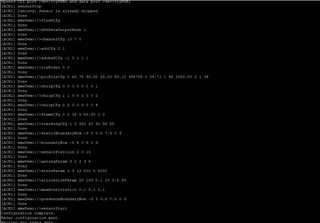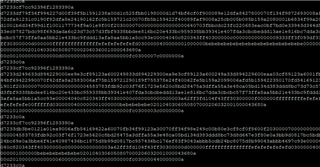Other Parts Discussed in Thread: IWR6843
Tool/software:
We are in the process of porting an existing Windows GUI-based application to a web-based platform. Specifically, we're working on migrating the IWR6843 people counting software to the web. The current implementation relies heavily on a Windows toolbox, but our goal is to visualize the output directly in a browser, without depending on any desktop GUI software.
As part of this, we are integrating the IWR6843 sensor with a Raspberry Pi system using its UART interface. Our objective is to retrieve the human count and their X, Y, Z coordinates from the sensor and display that information on a web frontend.
We're looking for a lightweight version of the code that can run on the Raspberry Pi, communicate with the IWR6843 over UART, and extract only the necessary data namely, the human count and their 3D coordinates. This data will then be passed to the frontend for visualization.
Is there an existing codebase or example that focuses only on this functionality?



